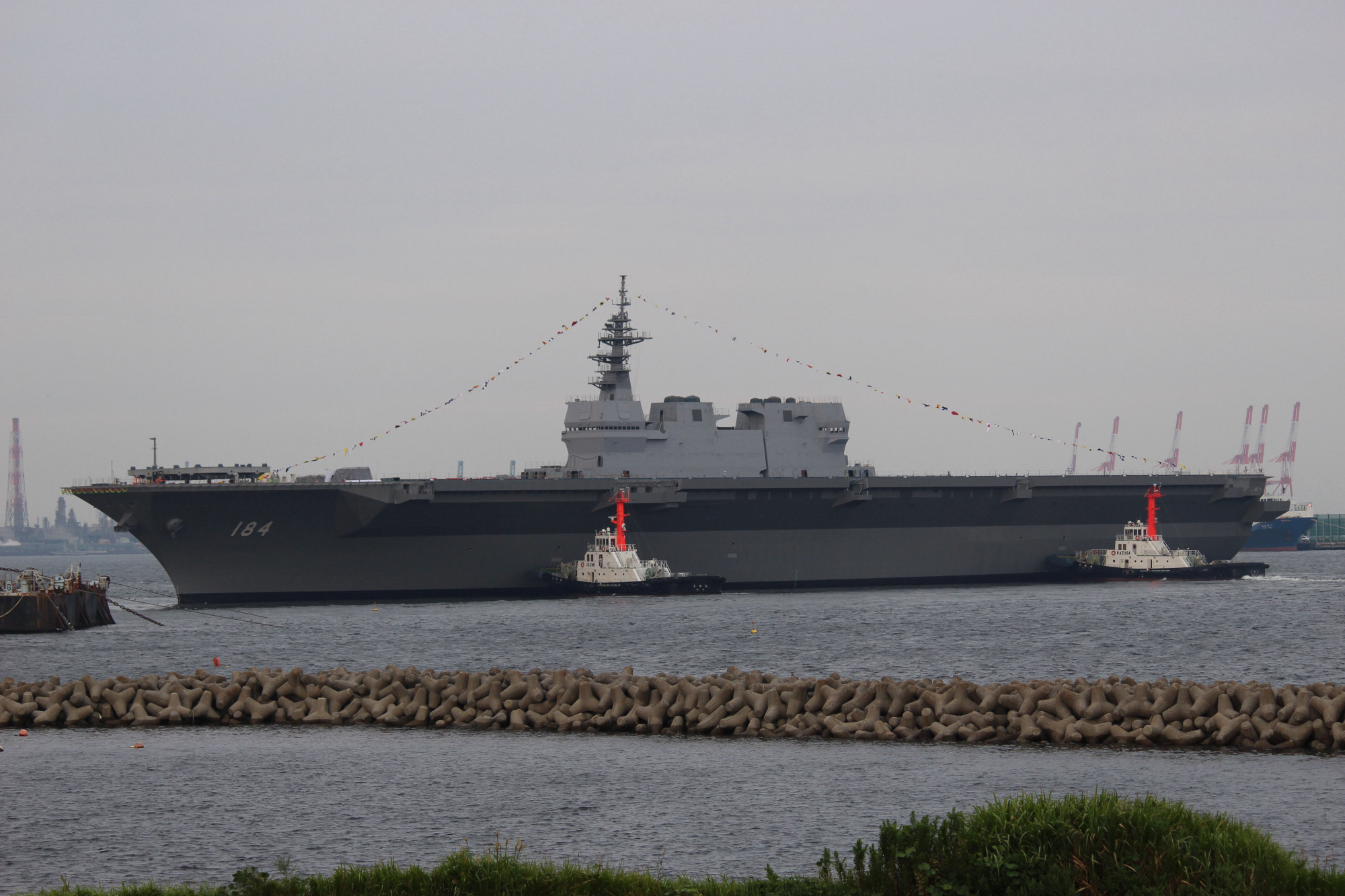The origins of the quadrilateral cooperation in the Indo-Pacific between the navies of Australia, India, Japan and the United States go back to the earthquake and tsunami on Dec. 26, 2004. The four navies came together quickly and effectively in a core group to coordinate disaster relief and humanitarian assistance. As a number of U.N. agencies swung into action, the core group was disbanded and the lead responsibility for organizing international rescue and relief operations was transferred to the United Nations. But the memory of that multilateral relief and assistance cooperation by four competent navies lingered and in time gave birth to the notion of the Quadrilateral Security Dialogue.
The first informal Quad summit was held in Manila in August 2007 on the margins of the ARF meeting. The conjunction of interests proved fleeting and all four looked to consolidate relations with China. Interest in the Quad has revived recently for two reasons: increasing apprehensions about China's growing assertiveness around the Indo-Pacific; and interest in drawing India into informal coalitions and practical cooperation to promote diplomatic dissuasion rather than military deterrence.
In his address to the 19th Communist Party Congress on Oct. 18, President Xi Jinping described the three core elements of China's vision of the new world order as: parity in China-U.S. relations; growing Chinese influence in writing the underlying rules of the global order; and a more assertive Chinese diplomacy in that new international system. A surge in Chinese international policy activism would not be uniformly welcomed by China's Indo-Pacific neighbors. The very next month, the Quad was revived on the sidelines of the ASEAN summit in Manila, attended by the leaders of the four democratic nations, to China's chagrin.


















With your current subscription plan you can comment on stories. However, before writing your first comment, please create a display name in the Profile section of your subscriber account page.